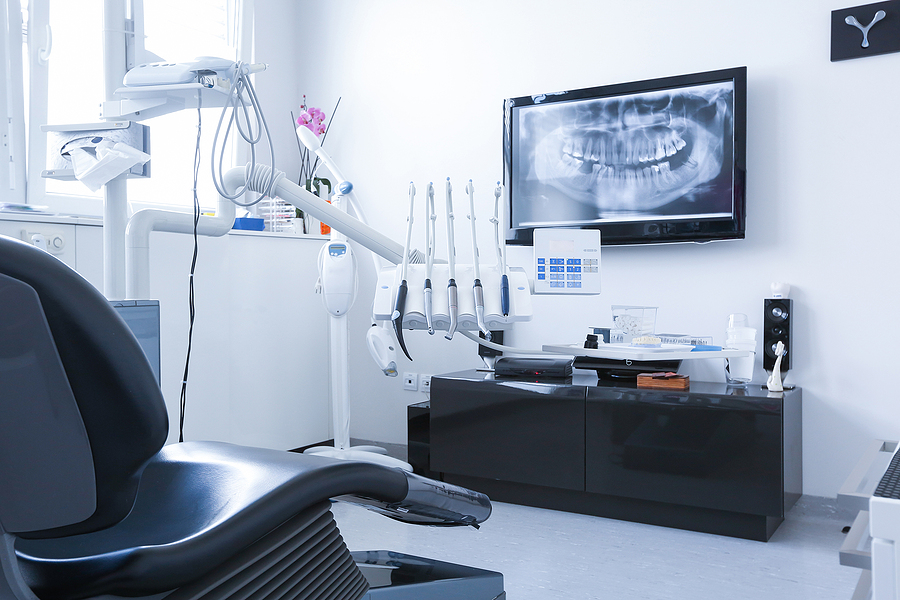A RIDGE AUGMENTATION MAY BE RECOMMENDED AFTER TOOTH LOSS
Posted by OC ADVANCED PERIODONTICS on Feb 4 2019, 01:53 AM

There are times when a permanent adult tooth may need to be pulled whether it’s due to a severely decayed tooth, infected tooth pulp, severe gum disease or to make room for braces (to prevent overcrowding). A tooth might also be extracted if someone is going to have an organ transplant or chemotherapy/radiation.
Occasionally, when a patient has a tooth (or several teeth) extracted or even lost, there may be an unsightly indentation left behind in the gum tissue and jawbone area from the missing tooth. This can be difficult to clean. An indentation may be left behind because the supportive jawbone will recede without a tooth in place to support and hold. This indentation will often stand out as it doesn’t look natural in your smile and can make any replacement teeth appear too long compared to the natural teeth surrounding it.
The empty socket left behind typically heals and fills up with bone material and tissue. If the socket walls are thin and break when a tooth is removed and doesn’t heal, the tissue will continue to deteriorate in height and width. Our team can fix this by performing a common surgical procedure known as alveolar ridge augmentation.
In the jawbone, the alveolar ridge surrounds a tooth’s roots, and a ridge augmentation will allow the original height and width of the ridge to be rebuilt, so there is enough bone to support the base of a dental implant. By filling in the dent, it will restore the natural gum and jaw contours, allowing a new tooth to fill in for the lost or extracted tooth.
Another case is if you have deformities in your lower or upper jaw, resulting in diminished bone structure needed to hold a dental implant. In addition to developmental defects, damage to the jawbone can arise due to injury or trauma to the area, severe gum disease or denture wear.
When performing a ridge augmentation (usually done under local anesthesia), the affected gum tissue is lifted away from the ridge, allowing access to the bone. Our team then fills the area with bone material or another substitute to eliminate the dent. Bone grafting options can be done to regenerate the bone and tissue that were lost, and then the gum tissue is secured over the socket with sutures. The bone may take 4-12 months to grow, after which the alveolar ridge can support a dental implant.
Once you have restored the lost bone material and have a successful dental implant done to support an artificial tooth, your smile will once again be natural-looking and functional! It will also help preserve your facial structure and prevent bone deterioration. Please call our experienced team if you have any questions or concerns about tooth extraction or replacing a tooth.
Share On

The Impact of Dental Implants on Jawbone Health & Facial Structure
Dental health is often overlooked, yet it plays a crucial role in our overall well-being. One of the …

How LANAP Helps Save Teeth and Reverse Gum Disease
Gum disease is more common than you'd think, affecting millions of people across the globe. Many often overlook …

Advancements in Dental Technology: Transforming Oral Care
Dental technology has significantly evolved, improving dental treatments' efficiency, precision, and comfort. Whether digital imaging, laser dentistry, or …

The Benefits of Chao Pinhole® Gum Rejuvenation: A Faster, Less Painful Alternative
Are you tired of hiding your smile due to gum recession? If so, you're not alone. Many people …

How LANAP Laser Treatment Can Save Your Smile: The Science Behind It
Are you tired of dealing with the discomfort and embarrassment of gum disease? If so, you're not alone. …
